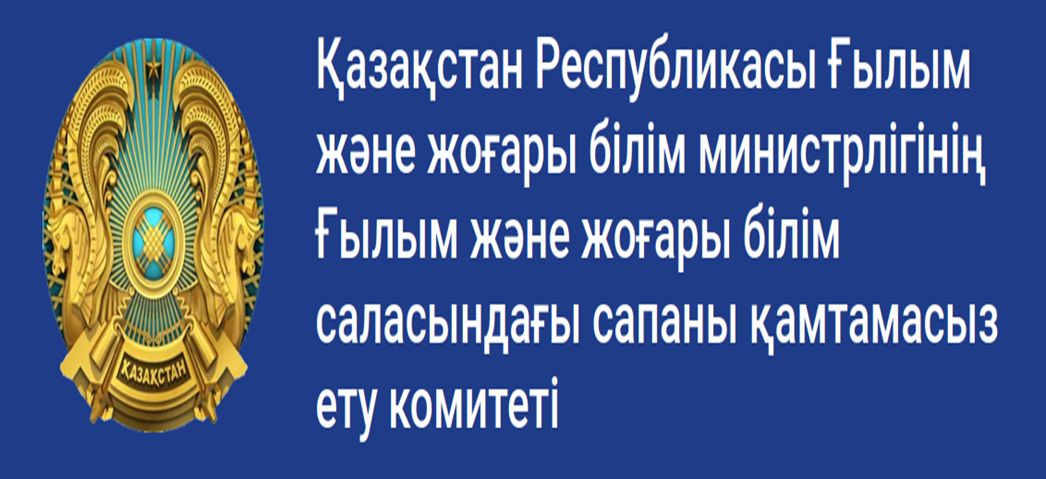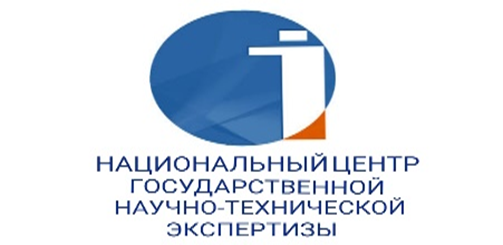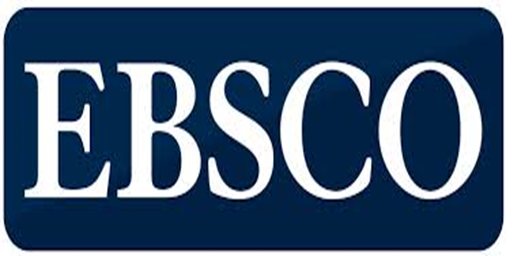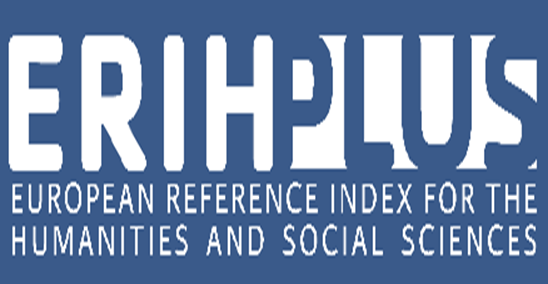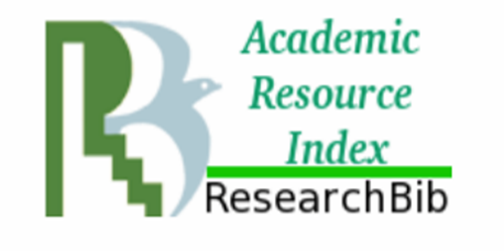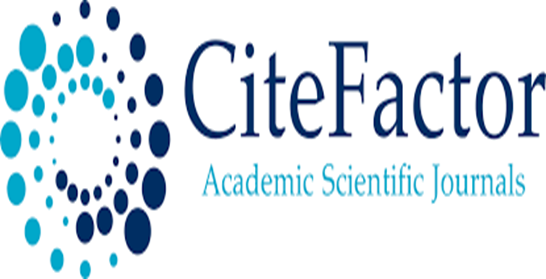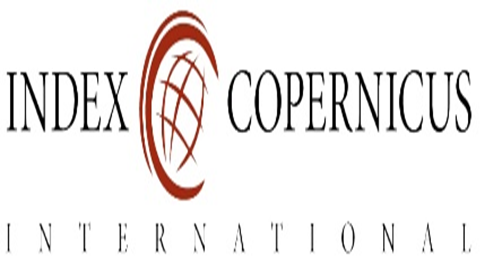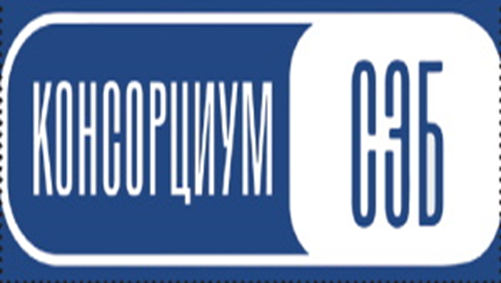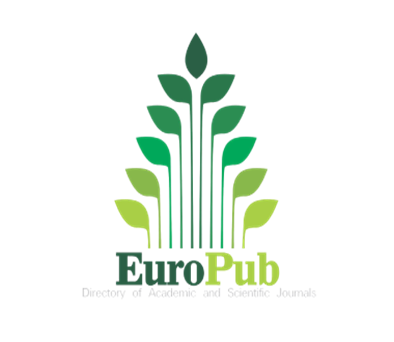А source study analysis of Amir Timur’s waquf diploma issued by the Turkestan mosque of Khoja Ahmet Yasavi at the end of the XIV- the beginning of the XV century
Просмотры: 189 / Загрузок PDF: 177
DOI:
https://doi.org/10.32523/tsj.02-2019/2-6Ключевые слова:
waqfic literacy; conditional form; source study; Khan’s label; medieval sourceАннотация
The article is devoted to a source study of the form of the waquf certificate issued
by Amir Timur of the Turkestan mosque of Khoja Ahmet Yasavi in the late XIV - early XV centuries.
This is one of the earliest documents related to the socio-economic history of the cities of
southern Kazakhstan. For a long time, the letter was considered a fake document. At the same
time, the analysis of the form and steady turnovers applied to medieval acts of sources makes it
possible to question the falsity of this document. It is determined that the conditional form of the
waqfic literacy corresponds to all the structural components of medieval labels that were widely
used in the chancellery of the Golden Horde and post-Golden Horde states. It should be taken into
account that the publication of the waqfic diploma issued by Amir Timur to the Turkestan mosque
of Khoja Ahmet Yasavi at the end of the XIV - beginning of the XV centuries is of great importance
for historical science. The source can be used in scientific research as the most important
autochthonous and authentic source of the Middle Ages.





